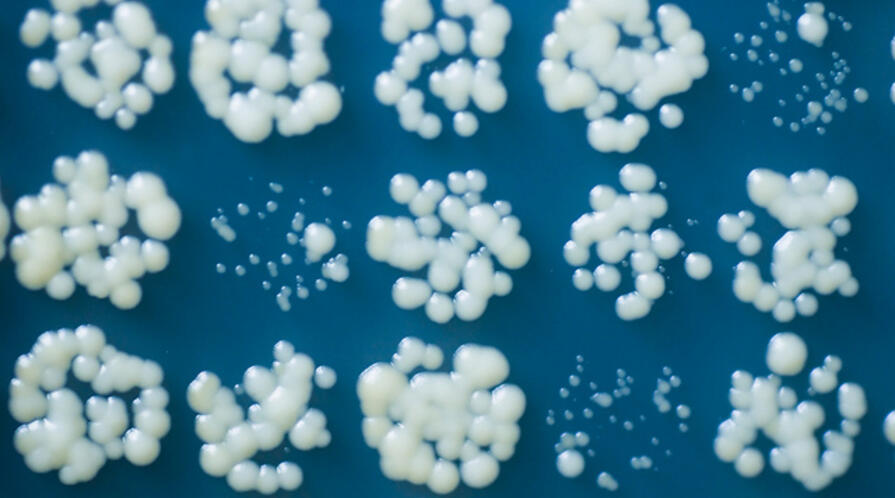CISAC considers implications of bioengineered yeast and ongoing biotechnology revolution

Bioengineering researchers have recently constructed the final steps required to engineer yeast to manufacture opiates, including morphine and other medical drugs, from glucose, drawing significant interest, and concern, from the media and academics in the science and policy fields, including at the Center for International Security and Cooperation (CISAC).
“Researchers are getting better at building biology based platforms to create a wide variety of compounds that are difficult, inefficient, or sometimes impossible to create by other means,” Dr. Megan J. Palmer told National Public Radio in the weekly Science Friday segment.
She highlighted how these platforms can enable production of potentially safer, cheaper and more effective drugs. “But one significant concern is if we create the full pathway to go from glucose to this intermediate and then all the way to things like morphine, this could feed into illicit markets and bolster new illicit markets.”

The media this week has focused on comments by researchers who pointed out that the modified yeast could be used to manufacture heroin, a synthesized version of morphine. The prospect of “home-brewed heroin” has been prominently featured in news coverage.
There are significant concerns, says Palmer, but she cautioned that focusing solely on that possibility could lead to bad policy outcomes.
“There is a big opportunity for researchers, policy makers, and industry to work together to figure out what controls they can put in,” she said in a separate interview. “We have time to get ahead of this problem. We now have choices in how we build and regulate the technology. The challenge for regulatory and technical communities will be to avoid reactive quick fixes. It’s encouraging to see researchers engaging in these issues early on.”
The challenge will be to find ways for researchers, law enforcers, and policy experts to work together to build safeguards into the biology itself as well as into organizations and institutions.
“We really need to think about security as a design principle,” Palmer said. She hopes to foster thoughtful and rigorous analysis of how the design of biotechnology impacts future governance options.
“This issue highlights beautifully the nexus between public policy and science and technology, which is where CISAC has already, and will continue to make important contributions,” said CISAC Co-Director David Relman. Dr. Relman is also the Thomas C. and Joan M. Merigan Professor in the Departments of Medicine, and of Microbiology and Immunology at Stanford University.
CISAC recently hosted a seminar led by Stanford’s Dr. Christina Smolke that discussed technology advances that are resulting in alternative supply chains for drugs, with particular attention to opiates.
Dr. Smolke is also troubled by the over-emphasis of the risks associated with the potential technology. “I believe it’s inflammatory, biased, and not grounded in an accurate representation of the technology. However, the commentary focuses on the risks of the supply chain and proposes regulations/governance for such a technology, without implementing a process to engage various parties in discussions to thoughtfully assess risks, opportunities, and regulatory needs in this context.”
“I think we need to frame this issue in the context of the larger systemic challenges involving the rearrangements of supply chains enabled through bio-manufacturing and how we spread responsible norms and practices,” Palmer said. “We need to think about governance options in terms of human capacities and technical capacities. What safeguards can we engineer into our technologies, and in turn what safeguards can we build into our organizations and institutions?”
